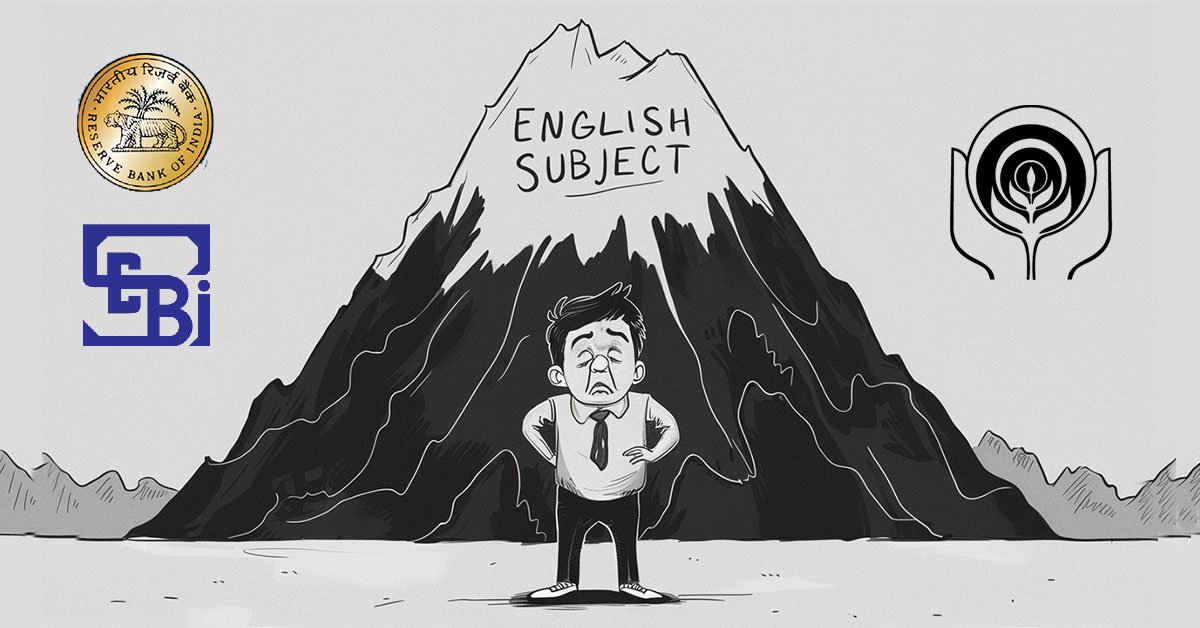Source: TH
Context:
The annual global assessment by the World Health Organization (WHO) on TB trends, prevention, diagnosis, and treatment at global, regional, and national levels.
Aim:
- Track progress towards the End TB Strategy (2015–2035).
- Target a 90% reduction in TB deaths and 80% reduction in incidence by 2030.
- Provide evidence-based guidance for national TB control policies.
Global TB Trends (2023–2024)
- Incidence: Global TB incidence declined 1.7%, reaching 131 cases per 100,000 population, reversing pandemic-related setbacks.
- Regional Patterns: Declines in African, South-East Asian, Eastern Mediterranean, and European regions; the Americas saw a fourth consecutive rise due to under-detection.
- Geographical Burden: South-East Asia (34%), Western Pacific (27%), Africa (25%) account for majority of cases.
- High-Burden Countries: Eight nations constitute 67% of global TB cases — India (25%), Indonesia (10%), Philippines (6.8%).
- Drug Resistance: MDR-TB remains a major threat with slow progress in detection and treatment.
- Funding: International TB financing has stagnated since 2020; donor cuts from 2025 threaten programs.
TB Trends in India
- Incidence Rate: Declined from 195 (2023) to 187 per 100,000 (2024) — a 21% reduction since 2015, nearly double the global average (12%).
- Case Detection: 2.61 million of 2.7 million estimated cases diagnosed in 2024, reducing “missing cases.”
- Mortality: TB deaths decreased from 28 (2015) to 21 per 100,000 (2024); target is 3 per 100,000 by 2025.
- Drug Resistance: India accounts for 32% of global MDR-TB cases, though incidence is gradually declining.
- Policy Momentum: Programs like Ni-kshay 2.0 and TB-Mukt Bharat improved treatment coverage (92%) and expanded molecular diagnostics.
Initiatives to Reduce TB
Global Level:
- End TB Strategy (WHO 2015–2035): Global framework to cut TB deaths and incidence.
- UN High-Level Meetings (2018, 2023): Commitments for funding, vaccine development, and universal care.
- Global Fund & Stop TB Partnership: Resource mobilization, surveillance, innovation.
- New WHO Guidelines (2024–25): Updated guidance on diagnosis, MDR-TB treatment, and TB–diabetes comorbidity.
India Level:
- National Strategic Plan for TB Elimination (2017–2025): Aiming 80% incidence reduction by 2025.
- Ni-kshay Poshan Yojana: Nutritional support for TB patients.
- Pradhan Mantri TB Mukt Bharat Abhiyan: Community engagement and corporate support.
- Diagnostics Expansion: Nationwide rollout of Truenat and CBNAAT molecular tests.
Challenges to TB Reduction in India
- Persistent Undernutrition: Malnutrition drives TB vulnerability, sustaining transmission.
- Rising MDR-TB Burden: Limited access to newer, shorter, less toxic regimens.
- Funding Stagnation: Declining global and national TB financing threatens continuity.
- Weak Surveillance: Under-reporting from rural/private sectors delays detection and treatment.
- Limited Vaccine Pipeline: No new TB vaccine yet in large-scale rollout.
Recommendations
- Accelerate Vaccine R&D: Prioritize investment in next-generation TB vaccines and equitable access.
- Expand Molecular Diagnostics: Scale up Truenat, CBNAAT, and LAMP-based tests for high-risk districts.
- Ensure Sustainable Financing: Boost domestic funding to reduce donor dependency.
- Strengthen Nutrition & Social Support: Integrate TB programs with food security and welfare schemes.
- Integrate Digital Surveillance: Use AI-enabled platforms for real-time case tracking and treatment monitoring.



















